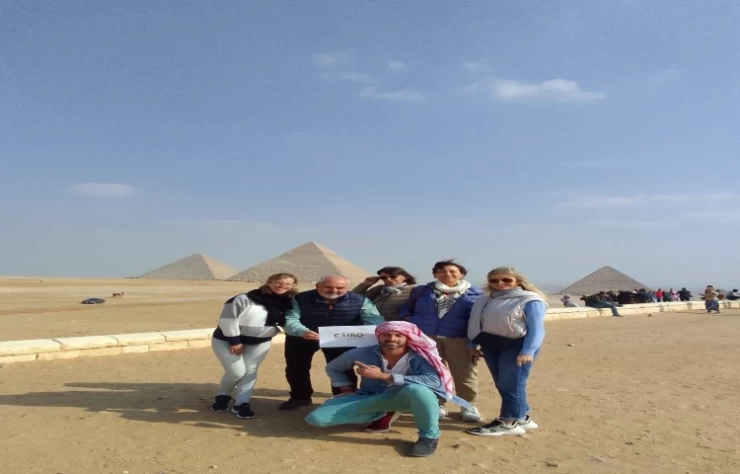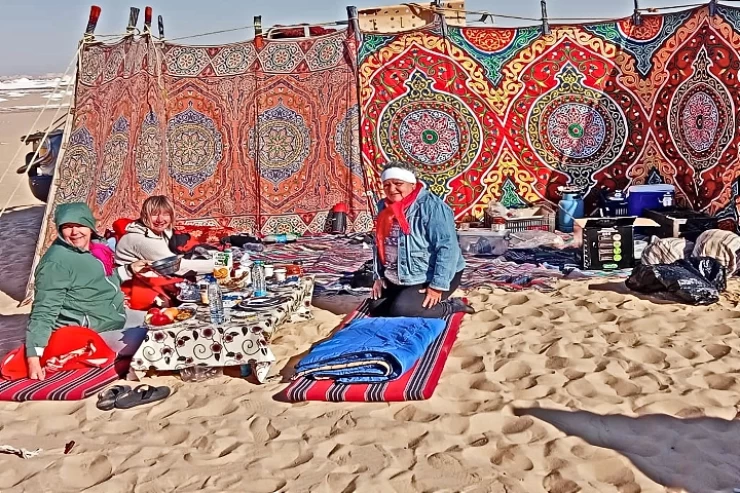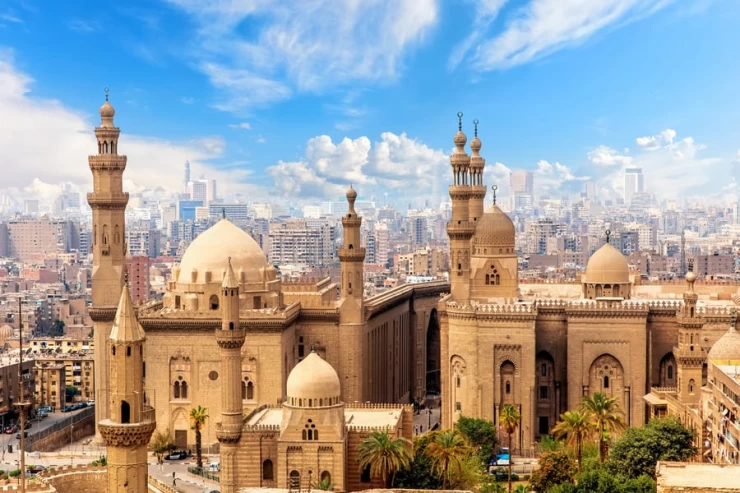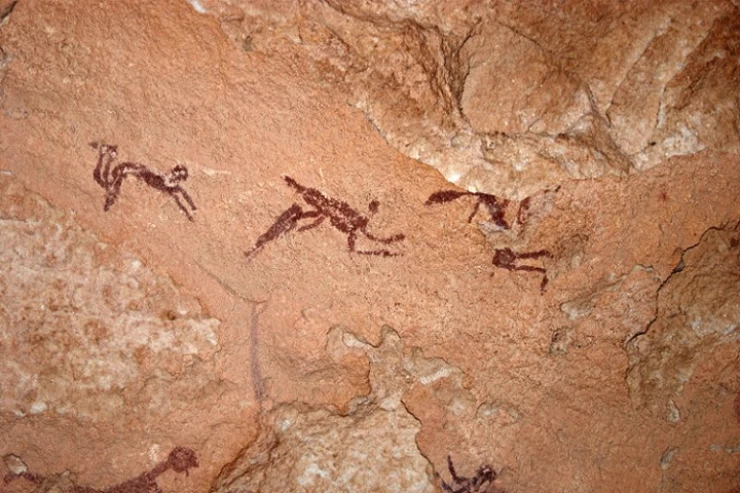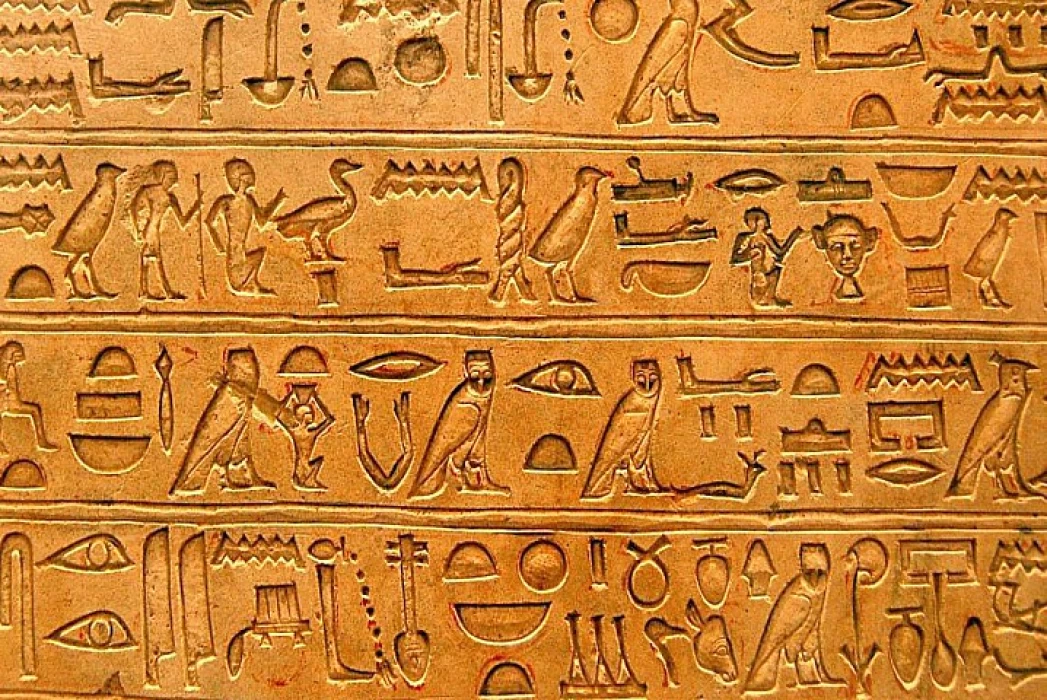
Ancient Egyptian Language
Ancient Egyptian Language
Egyptian writing was presumably born in the region of the Nile Delta, in an era probably earlier than that in which cuneiform writing in Mesopotamia was established. The first examples of hieroglyphic writing, thanks to the discovery of some tablets in Abido that testify to the payment of taxes, date back to the period before the unification of the country under the first pharaoh Narmer, while the last belong to the third century when hieroglyphic writing was progressively replaced by the Coptic one, whose alphabet was derived from the Greek one.
Originally, when writing was born, each symbol corresponded to a precise meaning, while then symbols capable of expressing concepts were added. Thus the hieroglyph became a set of pictograms, ideograms, and phonograms. The basis of hieroglyphic writing will not change throughout the course of Pharaonic Egypt. The only differences that can be found between one period and another are limited to the style of writing and the search for the particular to better represent a symbol.
Spoken and literary language was remarkably different in ancient Egypt. Most of the inscriptions on tombs, temples, columns, and statues were written in an archaic style, while only a few documents approached spoken languages, such as records of transactions and letters.
Based on the prevailing literary language, the Egyptian language was divided into five periods:
- The old kingdom (from before 3000-2200 B.C) is the written language of the Predynastic Period and the Old Kingdom (Dynasty I-VI).
- The Middle Kingdom (from 2200 to 1600 B.C) is the classical literary language, believed to reflect the language spoken around 2200 B.C: its heyday coincided with the Middle Kingdom and the transition periods that preceded and followed it (VII -XVII dynasty); moreover, it continued to exist as a literary language (as happened much later for Latin in Europe) until around 500 B.C
- Around 1380 B.C, at the beginning of the New Kingdom (XVIII-XXVI dynasty), the pharaoh Akhenaten introduced the late Egyptian as well as religious innovations(from about 1550 to 700 B.C) as a new model for the literary language. Probably based on the language spoken around 1550 B.C, it shows significant grammatical and phonetic changes compared to the previous language.
Shortly before the New Kingdom ceded to Persian domination, the demotic Egyptian, so mistakenly defined by the Greeks as "popular" (from 700 B.C to around 400 AD), became the literary language in use. With the Greek and Roman domination, the Coptic will take hold which is nothing but the Greek alphabet with the addition of 7 letters. This literary language had a particular form of writing, also called demotic, and seems to represent the language spoken around 700 B.C.
The Egyptians developed two forms of writing: hieroglyphics(used for formal inscriptions on columns and walls) and cursive derivation, hieratic writing (up to around 650 B.C used for administrative, legal, and accounting documentation) which then evolved into demotic writing (from 650 B.C to around 450 AD ) and in the abnormal hieratic one (5th century B.C).
The god Thot and the alphabet:
The hieroglyph can be read either from left to right or from right to left depending on the part towards which the birds are turned. For example, if the birds are turned to the right, the reading will start from the right, while if they are turned to the left it will start from the left.
Next to the hieroglyphics, there was another script called by the Greeks hieratic, which means "sacred" even if in this case it had nothing sacred.
The hieratic was a cursive and more hasty hieroglyph used for anything that should not be engraved on stone, nor have an official character. Contrary to what one might think, this was the spelling ordinarily employed by people learned in the Roman Ptolemaic era.
With subsequent simplifications the hieratic writing will result in that called by the Greeks, once again erroneously, demotic, that is "popular" in use since the eighth century B.C, at the end of the Roman Empire, so-called to distinguish it from the previous writing, proper to the caste priestly.
Coptic, on the other hand, was a set of dialects, with additions of Greek and oriental words, written with Greek characters, with the addition of seven more signs to indicate sounds that Greek did not have. It was the late Egyptian language adopted by indigenous Christians who did not like to use Greek because "language of the pagans" and in which many translations of sacred texts are kept. In any case, it is a language that has fairly close links with ancient Egyptian for ease of understanding thanks to the presence of vowels.







